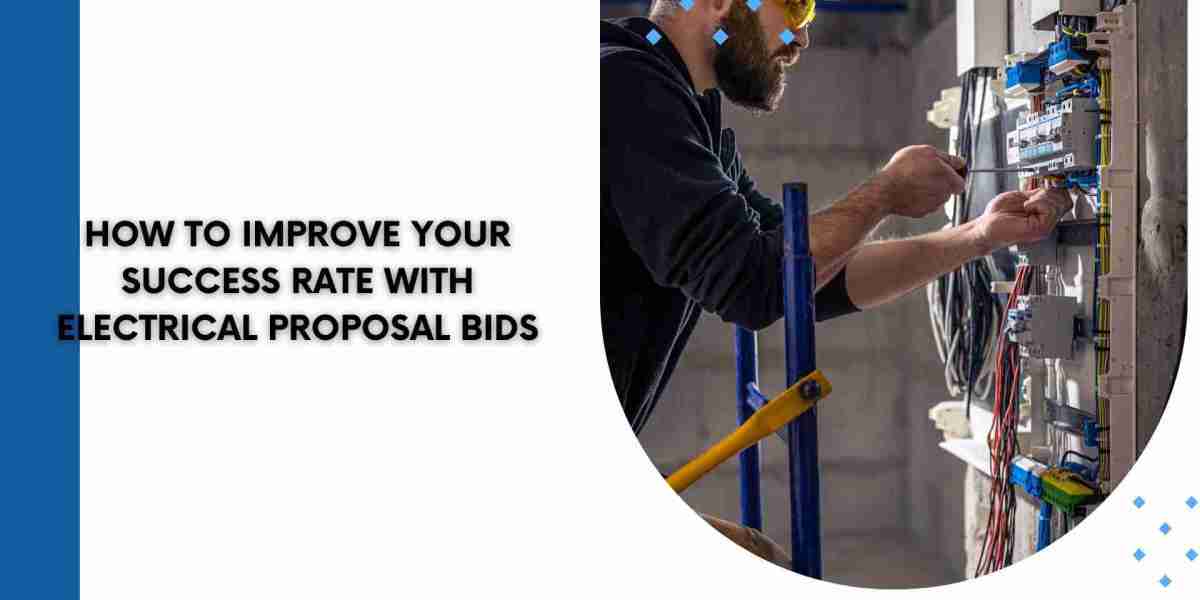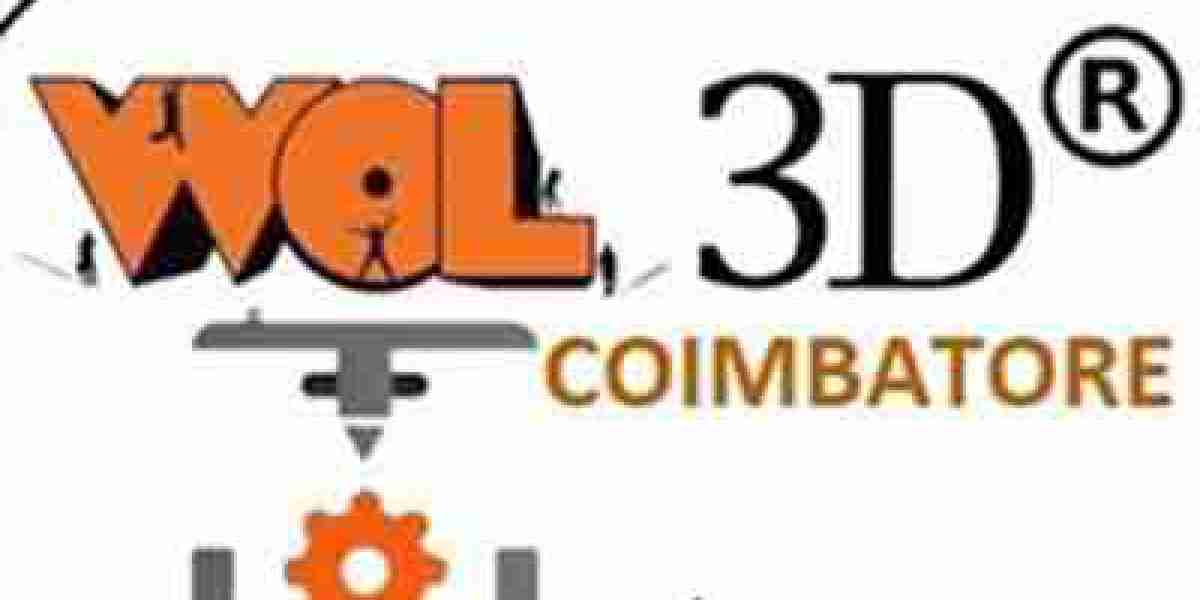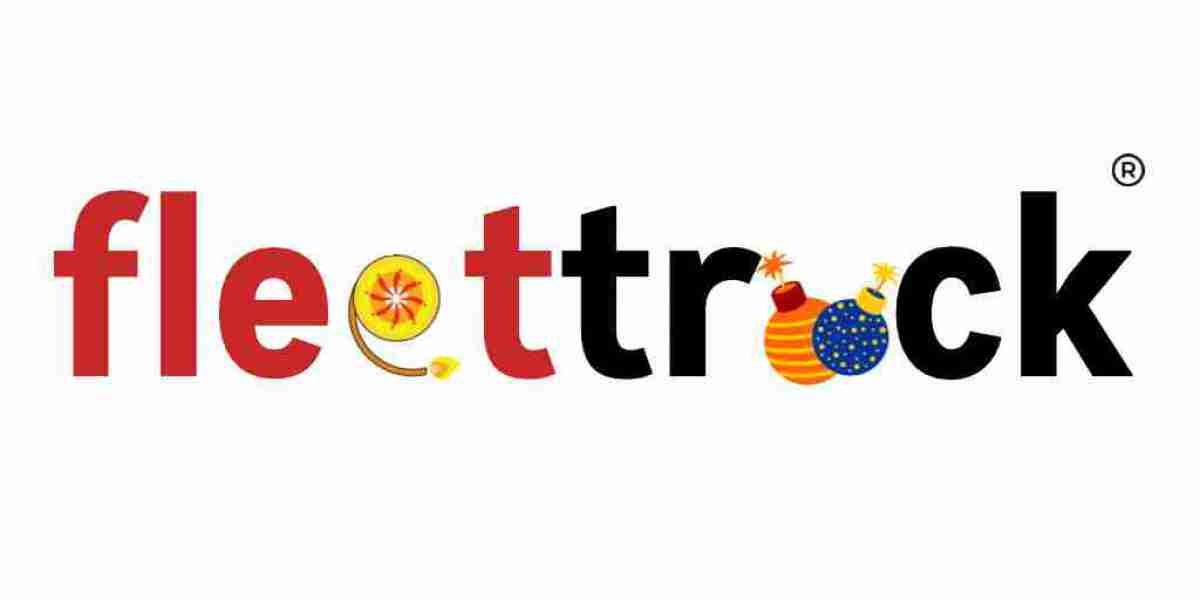In the fiercely competitive world of electrical contracting, the submission of a winning proposal bid can determine the success or failure of a project. From small residential installations to large commercial projects, the quality and accuracy of your electrical proposal bid will greatly influence whether you win the contract or not. Digital tools and proposal management software have changed bidding from a laborious task to an efficient one.
This particular industry, the electrical, is highly demanding when it comes to both technical jobs and financial aspects of a bid. A contractor should make sure he provides an estimate that is competitive but also realistic enough; expertise has to be proven and made known to the potential customer and the competition at large. Here is how you can do it by reading on through improving your success rate with electrical proposal bids: know the process, utilize proposal management software, and write a good proposal.
What Is an Electrical Proposal Bid?
An electrical proposal bid is a detailed document submitted by an electrical contractor in response to a request for proposal or a job offer. The bid will include details on the scope of work, materials and equipment needed, labor costs, and project timeline. It is essentially a formal offer to do the electrical work at a given price and is considered the most crucial factor for winning the job.
In simple words, an electrical proposal bid gives the client a clear plan of how the project will be carried out, why the contractor is best suited for the job, and how much the client should expect to pay for the service. An electrical proposal bid well presented will show not only technical knowledge but also professionalism, reliability, and commitment to delivering quality work.
The Benefits of Electrical Proposal Bids
Electrical proposal bids play a very important role in securing projects, especially in the competitive electrical contracting industry. These detailed documents not only outline the scope of work and costs but also act as a formal offer to complete a project. In the right words, effective electrical bids can significantly boost your chances of winning contracts. Here are the key benefits of electrical proposal bids:
Clear Communication of Expectations: A proposal ensures that the contractor and client have aligned expectations about the scope of work, timelines, and costs. With such information, you will avoid misunderstandings and disputes during the project.
Improved Competitive Advantage: A strong proposal is the one that can differentiate you from your competition. With a clear show of expertise, experience, and value, you have more opportunities to be selected for the job.
Accurate Costing and Resource Allocation: In the electrical bidding process, provide you with materials, labor, and time required on the job, thus ruling out underpriced or overpriced projects leading to further loss of profits or foregone opportunities.
Increased professionalism: A well-prepared proposal displays that you are serious regarding the project and that you care about meeting the needs of the client. Therefore, it creates trust and professionalism, which is vital to building long-term client relations.
Legal Protection: By signing a proposal, you are also entering into a contract whereby both parties are protected by legal means. It establishes definite terms and conditions, payment dates, and responsibilities in one place, thereby minimizing all possibilities of misunderstandings or disputes.
Better Client Relationship: A good proposal may be the step towards establishing a good working relationship with your client. For example, if clients think you are understanding their concerns and ready to act appropriately, this helps to inculcate trust and then cooperation between you and them.
The Steps of the Bidding Process
It is through understanding the bidding process that you will be able to increase your success rate in electrical bids. Here are the general steps involved in the process:
Get the RFP: The process begins with getting an RFP or a job lead from a potential client. The RFP provides the requirements of the project and invites contractors to submit their bids.
Review the Scope of Work: Read and analyze the project details in the RFP. Understand the requirements, project goals, technical specifications, and deadlines.
Prepare Your Bid: After reviewing the RFP, start preparing your bid by calculating the total cost of the project, including labor, materials, equipment, and any additional expenses. Be very thorough in estimating the project timeline.
Write the Proposal: A clear and concise proposal will include the scope of work, cost, schedule, and terms. All the aspects of the project will be broken down into material costs, labor charges, and special requirements.
Submit the Bid: Your completed electrical proposal bid is submitted to the client before the given deadline. Make sure all necessary documentation is included.
Follow-Up: After sending the bid, follow up with the client to answer any questions and discuss any concerns they may have. This is an opportunity to reinforce your qualifications and build your chances of winning the bid.
Negotiation of Terms: If your proposal has caught the attention of the client, the terms, including pricing, timelines, and more, may be discussed in order to negotiate on terms. Be prepared for some points of your quotation to be negotiated and adjusted in line with the client.
Awarding of Contract: When negotiations are over, the client shall choose the preferred proposal. The contract shall be awarded, and each party will sign the agreement at this stage. The project has started.
Additionally, using a handwritten signature generator can make the signing process smoother when you need to add your signature to the final proposal or contract electronically, saving time and ensuring the document is professionally completed.
Read more: Super Proposal Launches to Revolutionize the Way Businesses Create Winning Proposals
Read more: Super Proposal Revolutionizes Proposal Writing for Businesses
Step-by-Step Guide to Create a Winning Bid for Electrical Proposal with Proposal Management Software
A winning bid is more than just listing your prices. You need a strategic approach, attention to detail, and the art of presenting your offer as appealing as possible. So, here's a step-by-step guide on creating an outstanding electrical proposal bid using proposal management software.
First, choose the right proposal management software:
First, you need to choose online proposal software or AV proposal management software that best suits your needs. These tools will provide you with templates, automate calculations, and make the process of bidding smoother. By using proposal management software, you can reduce errors, save time, and ensure consistency across all your bids.
Know the Client's Requirements:
Carefully read the project details, and make sure you understand clearly what the client wants. If there are unclear areas, reach out to the client for clarification before doing anything.
Use Proposal Templates:
Use the proposal templates available within your proposal management software to prepare a structured and professional document. The templates guide you through the process and make sure that no important section is missed. You may use a proposal template PDF or an editable version as needed for your project.
Accurate Cost Estimates:
With proposal management software, you can input material, labor, and equipment costs easily, and the software will automatically compute the total bid price. This ensures that your pricing is accurate and competitive.
Scope of Work:
Outline clearly and elaborately the work you will carry out. This includes materials, labor, project phases, and special requirements. A well-defined scope of work assures the client that you understand the job and can execute it efficiently.
Establish Realistic Timelines:
Use your proposal management software to create a timeline on the project. You are required to clearly indicate the starting point of the work, milestones, and approximate date for completion. Keep your timeline in line with what the client expects to hear.
Add Legal Terms and Conditions:
Include any legal disclaimers, payment schedules, or contract terms. Using this kind of proposal management software ensures easy insertion of these sections. In most cases, this section will be customized with specific project details.
Attach a Sample PDF Proposal for Reference:
Offer your clients a sample PDF of previously successful projects. This can help them visualize your capabilities and give them confidence in your expertise.
Review and Proofread:
After your bid is written, review it for errors or omissions. Ensure that all information is accurate and consistent. A polished and error-free proposal increases your chances of success.
Submit the Proposal:
After finalizing the proposal, submit it through your proposal management software. Most platforms allow tracking of submission status, so you can easily follow up and stay organized.
Conclusion
Improving your success rate with electrical proposal bids requires an understanding of the process, presenting accurate and competitive pricing, and using the right tools. By incorporating proposal management software into your bidding workflow, you can create professional, error-free proposals that save you time and boost your chances of winning jobs.
Whether you are submitting residential electrical bids or large commercial proposals, the bottom line is to stay organized, give clear and detailed information, and showcase your expertise. The use of online proposal software, AV proposal management software, and proposal templates will help streamline the process and let you focus on what really matters: delivering excellent electrical services to your clients.
Also read: JEE Online Coaching: A Smart Choice for Engineers Aspiring
Also read: Dream Exchange ID: Simplifying Access to Fantasy Sports
Also read: What are the most effective technologies for developing a Coinbase clone?














